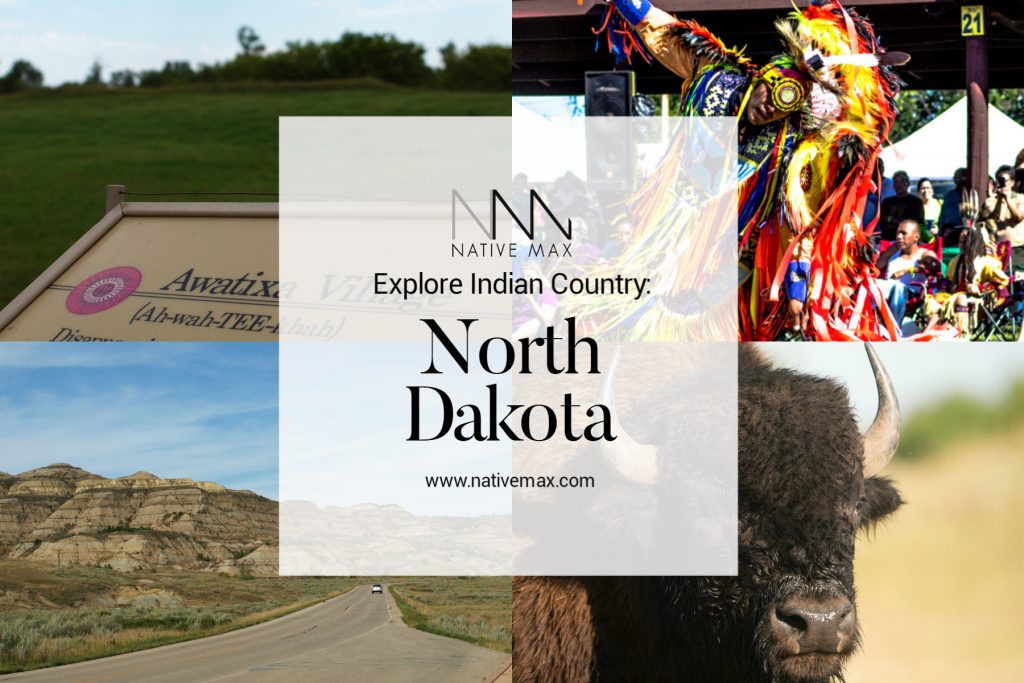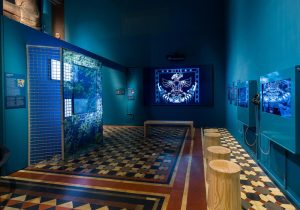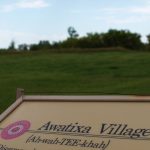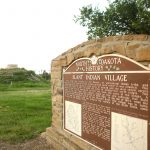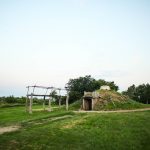Explore Native North Dakota and step back into history this summer by traveling the trails, visiting centuries-old villages and celebrate at a powwow with the help of our travel guide.
SEE WHERE THE BUFFALO ONCE THUNDERED THE PRAIRIES

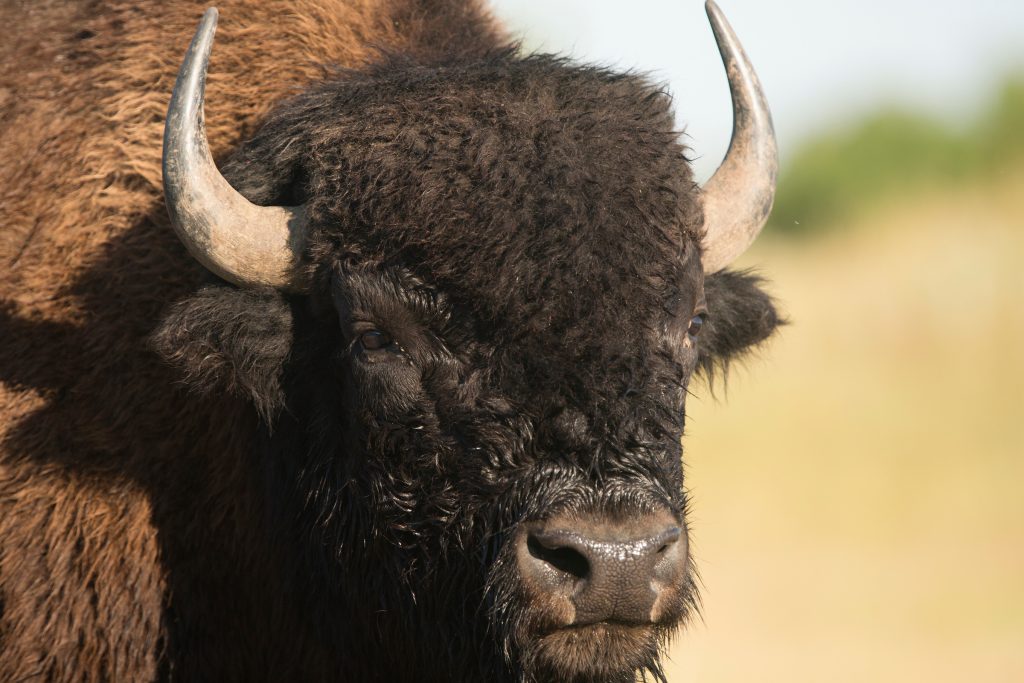
At the center of the Northern Plains in the Dakotas are a rugged section of badlands, buttes and fertile grasslands. This region is where the Lakota and Dakota people conducted the last hunts of the majestic, wild buffalo. Explore the region where the Lakota and Dakota people hunted buffalo that once roamed the grasslands in great herds along the Buffalo Trails Tour.
CELEBRATE NEW LIFE AND A NEW SEASON AT ONE OF NORTH DAKOTA’S VIBRANT POWWOWS
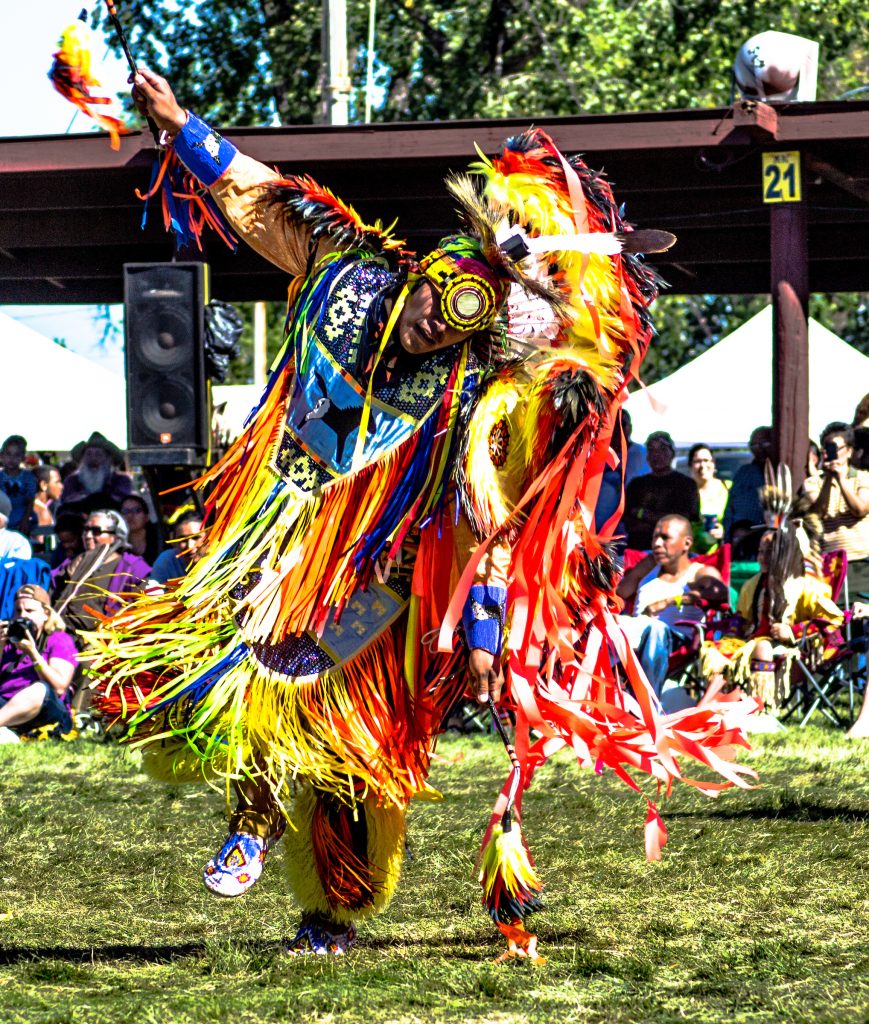
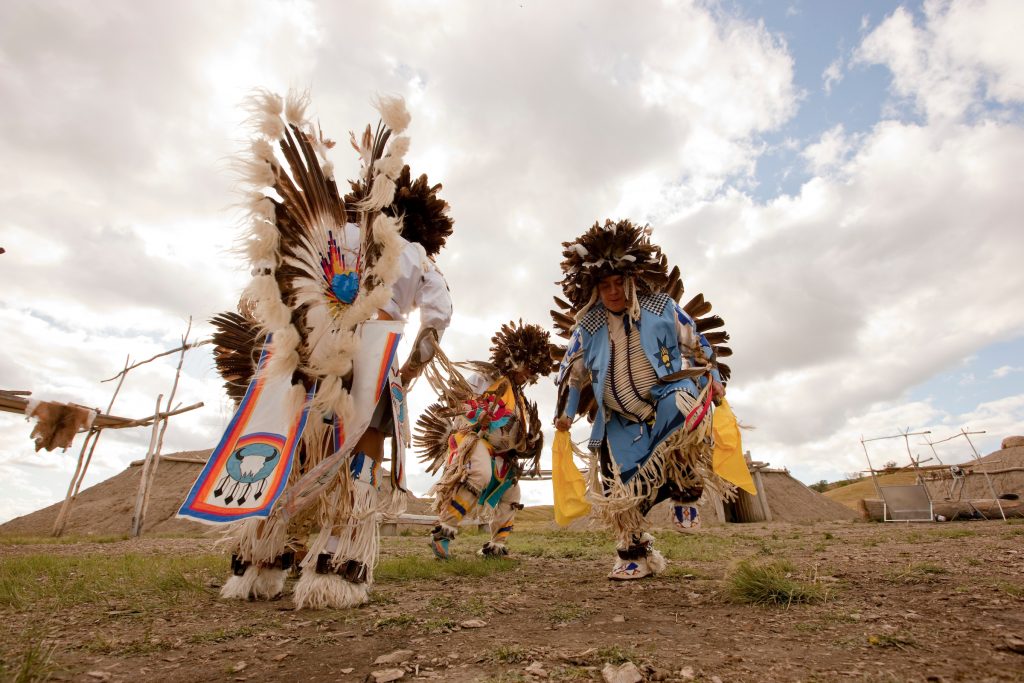
There are more than 11 powwows all year-round in North Dakota, with the biggest being the United Tribes International Powwow in Bismarck, taking place this year Sept. 8-10.
The term “powwow” definitely has some history to it. “Pau wau” is an Algonquin word for “he dreams” and is said that pau wau was first used by the early European settlers when they referred to dancing. Later down the road, pau wau was spelled as powwow.
Powwows were originally held in the springtime to celebrate the beginning of new life (and not only for the people but for Mother Earth as well as the spring showers cleaned the ground and woke the hibernating animals and thus, giving her new life). Now powwows are held all year. The celebrations often have religious significance, but now are also a time for people to gather, sing, dance, feast, pray, reconnect with old friends and make new ones. These celebrations are still an important part of life for many Native Americans.

The Grand Entry opens the parade of dancers and is a time for contestants to score points by displaying their style and regalia. Dancers always enter the arbor and dance sun-wise, or clockwise, around an eagle staff. The types of dance are as varied as the colors in the regalia:
- Men’s Traditional Dancer – Decorated with bead and quillwork and a circular bustle of eagle feathers. Portrays the traditional “dancing out” of the story of a battle or a hunt.
- Men’s Grass Dancer – Outfitted with colorful fringe and dancing in movements that resemble grass blowing in the prairie breeze.
- Men’s Fancy Dancer – Wears two brilliantly colored feather bustles, displays fancy footwork, speed, acrobatic steps and spinning motions.
- Northern Plains Women’s Traditional Dancer – Moves subtly, bending her knees in small up and down body movements, while shifting her feet and turning her body slightly. Some traditions say the movement symbolizes a woman watching for her warrior to come home.
- Women’s Fancy Shawl Dancer – Wears decorative cloth dress, beaded moccasins with matching leggings, fancy shawl, and jewelry. Her dance suggests the movement of a butterfly and is similar to the men’s freestyle dance.
- Jingle Dress Dancer – Outfitted in hundreds of small, jingling metal cones, traditionally made of snuff can covers.
Here is the list of North Dakota powwows this Spring and Summer:
- May 25-28: 4 Bears Powwow, New Town
- June 2-4: FM Crossroads Powwow, Fargo
- June 8-11: Twin Buttes Powwow
- June 9-11: Flag Day Celebration Wacipi, Cannon Ball
- June 16-18: Paha Yamini Wacipi, Shields
- July 13-16: Arikara Celebration, White Shield
- July 20-23: Mandaree Celebration, Mandaree
- July 28-30: Fort Totten Days, Fort Totten
- August 10-13: Little Shell Powwow, New Town
- Sept. 8-10: United Tribes International Powwow, Bismarck
VILLAGES
Step back into history when you visit 400-year-old On-A-Slant Indian Village, which is reconstructed earth lodges depicting the lifestyle of the Mandan Indians, who occupied this site from about 1575-1781.
Another Mandan village is the Double Ditch Indian Village is a large earth lodge village inhabited by the Mandan for nearly 300 years.
Visit the reconstructed Earthlodge Village at New Town, on the shores of Lake Sakakawea. Visitors can even camp in the earth lodges and tipis.
Explore the remains of three Hidatsa villages with 210 depressions at Knife River Indian Villages National Historic Site in Stanton. Native Americans occupied this area for more than 11,000 years! In 1974, the United States Congress established Knife River Indian Villages National Historic site to preserve and interpret an area rich with history and culture.
LEWIS & CLARK TRAIL
Travel tip: Follow the Lewis & Clark trail! The Lewis & Clark trail lays across the state, with many sites and places to explore dotting the trail: On-A-Slant and Knife River villages; Sitting Bull Burial Site and Visitor Center, the North Dakota Heritage Center and State Museum, and Lewis & Clark Interpretive Center.
GALLERIES & GIFT SHOPS
Don’t forget to visit galleries and gift shops that sell artwork expertly crafted by Native artists from the Turtle Mountain Band of Chippewa, Three Affiliated Tribes (Mandan, Hidatsa & Arikara), Lakota and Dakota. We suggest Five Nations Arts in Mandan, ND.
Where’s your fave spots to hit up North Dakota to explore the Native culture? Let us know in the comments below!

